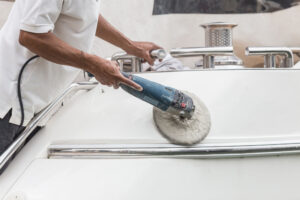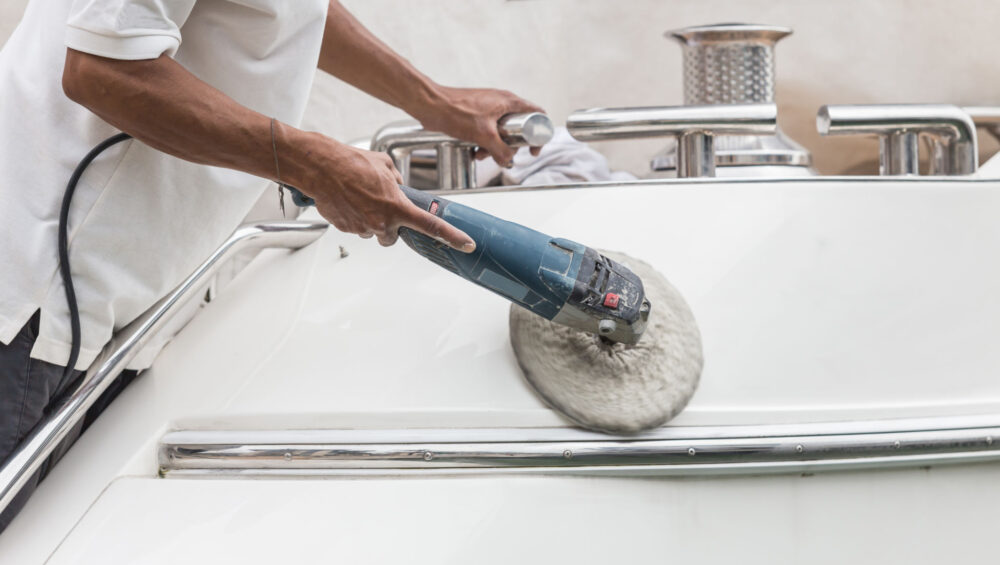Tips and Tricks for Cutting and Polishing Your Car

Whether you’re a casual enthusiast or a professional detailer, your car gets dirty. This includes the exterior, interior, and even the underbelly of your vehicle. If you’re looking to keep your car looking like new for longer, it pays to know what features will help you achieve the best finish possible. While many car owners invest in high-end polish and wax to get their vehicles gleaming again, they often forget that these products come with their own set of hidden costs. By cutting and polishing your car yourself instead of paying for an expensive service every few months, you can save money while still getting an immaculate finish every time…
What is cutting?
When you want to keep your car looking immaculate, the first thing you need to do is get a new cutting compound. This type of compound is designed specifically for this job, so you’ll want to make sure you pick one with the right balance of grit and lubrication. so it can be a little confusing to know where to start. You’ll want to choose the compound that is most appropriate for the finish of your car. For example, you’d use a lighter compound on a wax finish than on a clear coat due to the finer nature of the base layer.
What is polishing?
Polishing is the process of using a compound and a pad to remove scratches, swirl marks, and other marks left on a car’s surface by clear coat scratches. The pad is soaked in a liquid polishing compound, and the polisher is attached to a machine that oscillates in a circular motion. The surface of the pad is covered in small abrasive particles, so the pad itself doesn’t damage the paint; rather, the polishing compound does the work by breaking up the paint. It’s important to note that polishing isn’t the same thing as waxing. While both compounds remove minor imperfections in your car’s finish, polishing leaves behind a much more coarse surface. Wax, on the other hand, leaves behind a very smooth finish that’s almost like a liquid layer of protection.
Final step – waxing
If you’ve polished your car and then followed it up with a layer of wax, then you’ve completed your professional detail. Waxing a car isn’t just a way to protect the paint but also to remove water spots and enhance the shine of the paint. Water spots are caused by suspended minerals in the water, and they typically show up on shiny surfaces like chrome and glass. Waxing a car is the only way to safely remove water spots, but it also enhances the shine of the paint by smoothing out any scratches or swirl marks that may be present.
Tips and tricks for polishing
- Use a soft, clean polishing pad. Microfiber and foam polishing pads are designed to gently polish the paint, but if you use one made from a coarse material, you’ll end up scratching the paint. There are many different types of polishing pads for different types of finish, so make sure you pick the one that’s perfect for your car.
- Start by dusting the car with a piece of clean chamois. If you don’t do this, you’ll just be spreading dust and dirt around instead of removing it. The next step is to apply your polish with light, overlapping strokes.
- Don’t apply too much pressure, as this will cause scratches. Start with light pressure, and as you see the pad starting to dull, wipe the polish off and start over.
- Finish by buffing the paint with a soft cloth until it’s completely dry. This will protect your finish from scratches and water spots when you’re washing the car.
Final step – drying time
Your polishing pad should be completely dry before you move on to the next step. If you try to polish the car with a pad that’s still wet, you’ll just end up with a scratchy finish. It’s okay for your polish to be slightly damp so long as it’s completely dry before you move on to the next step. Polishing pads come with several built-in features designed to make sure they stay dry. These features prevent the pad from getting drenched in polish, but they also make sure that the pad is completely dry before you use it again.
Conclusion
As you can see, cutting and polishing your car is a lot easier than you might think. You only need the right tools and a little practice to get the job done right. You should also know that you need to use cutting compounds that are specifically designed for this process, so make sure you pick the right one for your type of finish. Get the right tools, choose the correct compound, and then you’re all set. Keep in mind that you should only try cutting your car if you’re comfortable with tools and have the time to practice. Your car is one of your biggest investments, and it needs to look its best at all times. Fortunately, a professional detail can help you keep it looking immaculate by using cutting and polishing as part of the process.








